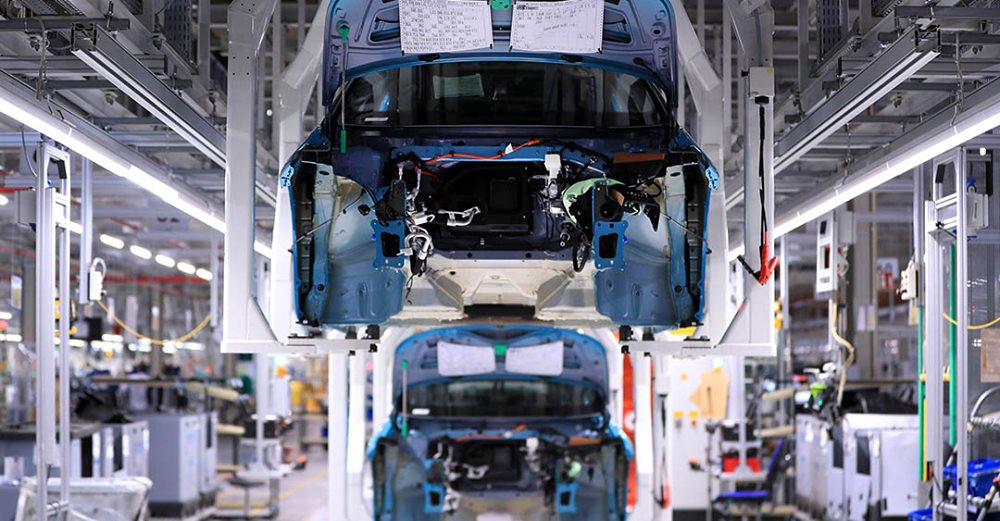「經過十年來成本的快速下降,電池已經到了一個臨界點」。隨著電池需求增長以及其成本逐漸下降,大部分汽車製造商預計目前比汽油車更貴的電動汽車,在未來五年內生產成本將齊平。
可充電鋰電池將會為汽車及能源行業帶來以下的顛覆性影響:
- 增大了的電池需求會減少對原油和汽油等副產品及天然氣發電的需求,而電池將會相對降低整體溫室氣體排放。
- 不論電池是否略有退化,價格低的電池 可以用於儲存電力並獲取可再生能源電力。例如,阿姆斯特丹的Johan Cruijff體育場有一個由許多回收電池組組成的超級電池來儲存屋頂太陽能板產生的電力,以提供體育場能源使用。
目前,全球近65%的鋰離子電池來自中國,而其他國家亦決定跟上這個電池熱潮,加強國內電池產業的發展。例如,歐盟正在利用產業政策促進區域性電池產業的發展。美國加州和紐約州已頒布命令要求公用事業公司必須安裝更多電池,以提高電網可靠性和控制價格波動,以及引入更多的可再生能源。
[Sustainable Development Goal 7: Renewable Energy] The Battery Market Will Be The World’s Future Trend
“After a decade of rapid cost reduction, batteries have reached a tipping point.” With the increasing demand for batteries and the gradual decline in their costs, most automobile manufacturers expect that the production costs of electric vehicles, which are currently more expensive than gasoline fueled vehicles, will reach parity in the next five years.
Rechargeable lithium batteries will bring the following disruptive effects to the automotive and energy industries:
- The increased demand for batteries will reduce the demand for by-products, such as crude oil and gasoline, as well as natural gas for power generation. The use of batteries will correspondingly reduce overall greenhouse gas emissions.
- Regardless of whether the battery is slightly degraded, low-cost batteries can be used to store electricity and obtain power from renewable energy. For example, the Johan Cruijff Stadium in Amsterdam has a super battery composed of many recycled battery packs to store electricity generated by rooftop solar panels, so as to provide energy use for the stadium.
Currently, nearly 65% of the world’s lithium-ion batteries come from China , and other countries have also decided to hop on the battery frenzy and strengthen the development of domestic battery industry. For example, the European Union is employing industrial policies to promote the development of the regional battery industry. Similarly, the states of California and New York in the United States have issued orders requiring utility companies to install more batteries to improve grid reliability and control price fluctuations, as well as introduce more renewable energy.

